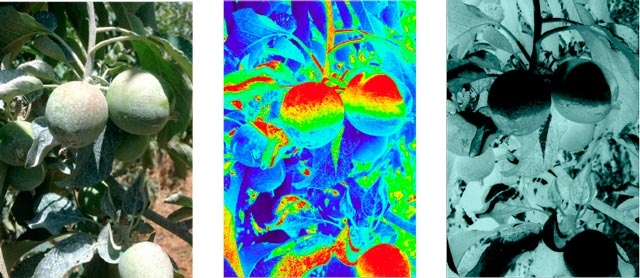Alternatives needed (continued from last month)
Sunburn is a very significant cause of fruit damage.
One widely used technique to reduce sunburn is the combined use of overhead sprinklers or misting (for evaporative cooling to reduce fruit skin temperature).
Washington State University Tree Fruit Research and Extension Centre, plan to conduct several long-term commercial trials in Washington under the high sunlight conditions in central Washington, especially for high-value apple cultivars that are sunburn sensitive.
Besides the potential to eliminate hail risk and sunburn, if nets are allowed to come to the ground and enclose the orchard block, they also provide the potential to exclude damaging birds and insects.
Nets also have the potential to eliminate the need for overhead irrigation for sunburn control.
If so, this may substantially reduce orchard water use requirements and periodic soil waterlogging. Further, this may reduce soil nutrient leaching, pesticide wash-off, and disease pressure (for example mildew, target rot etc.) in the orchard.
Sunburn protectants
Sunburn protectants utilising kaolin clay such as SunCrops can reduce the severity and incidence of sunburn in apples.
A number of studies have confirmed that kaolin clays like Suncrops, reduces the sun bleaching effect in Granny Smith apples.
While not eliminating the direct effect of heat in mature apples, kaolin clay products reduce sun damage to fruit.
The most important aspect to sun protection is to plan early, act early and act decisively.
SunCrops and other similar products can reduce sun damage on fruit, only if they are applied before the damage occurs.
A planned approach is needed to have these products on before the first heat event.
Whether growers buy hail insurance, invest in overhead cooling, use sunburn protectant products or nets, or a combination of these, it costs money to mitigate potential losses.
A thorough economic analysis based on experimental data from commercial trials is necessary to help determine how best to protect your investment.
For more information, see Tree Fruit June 2014




















